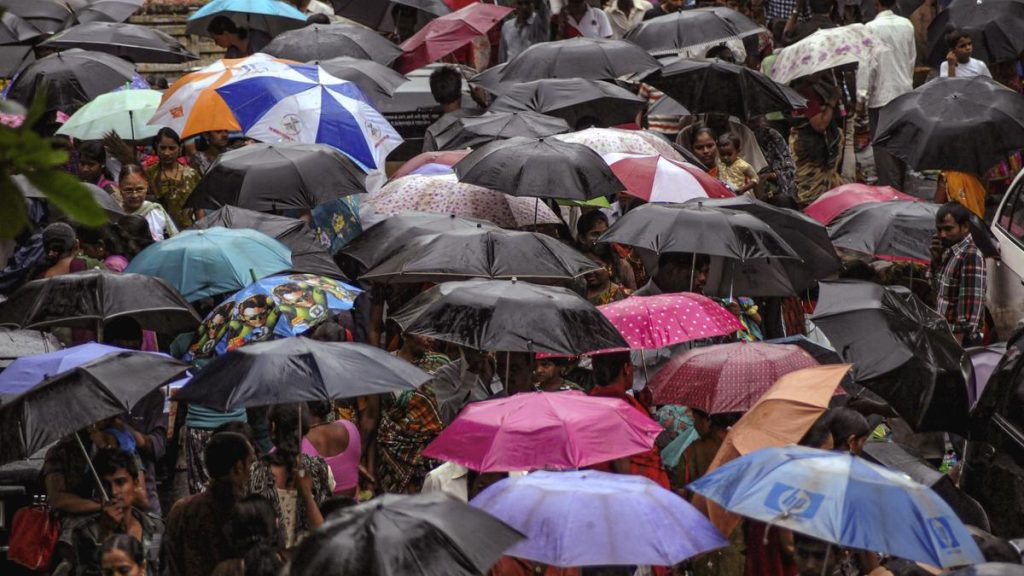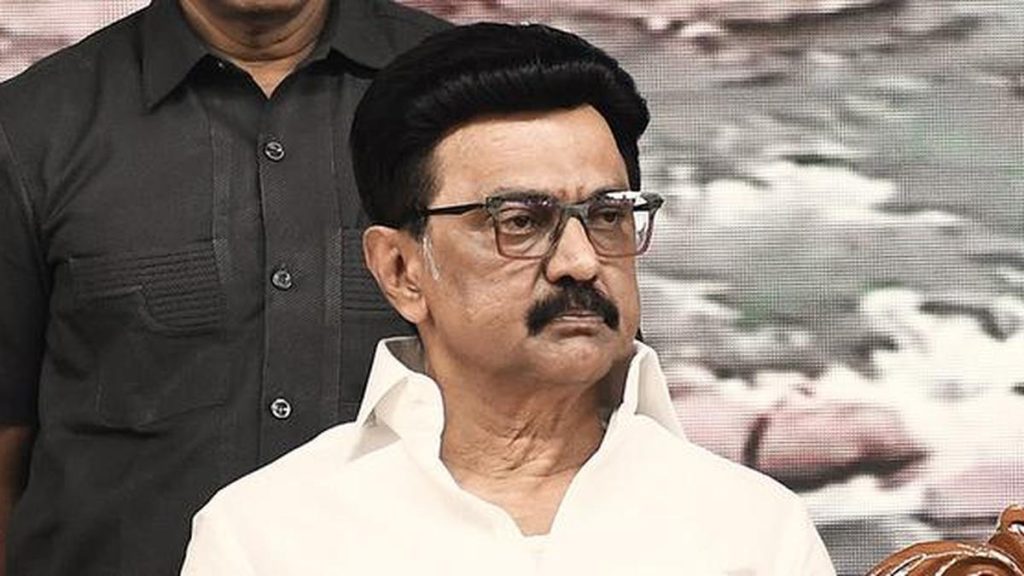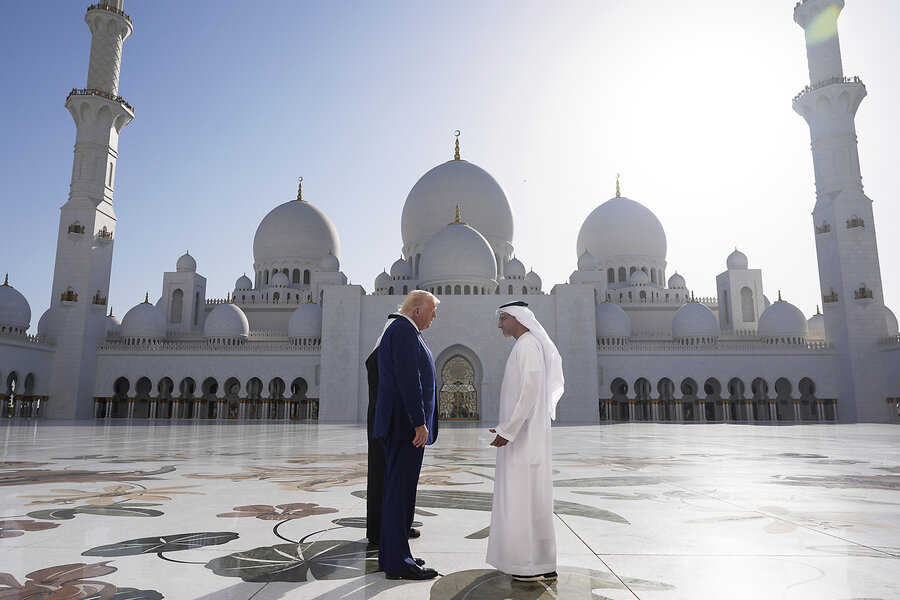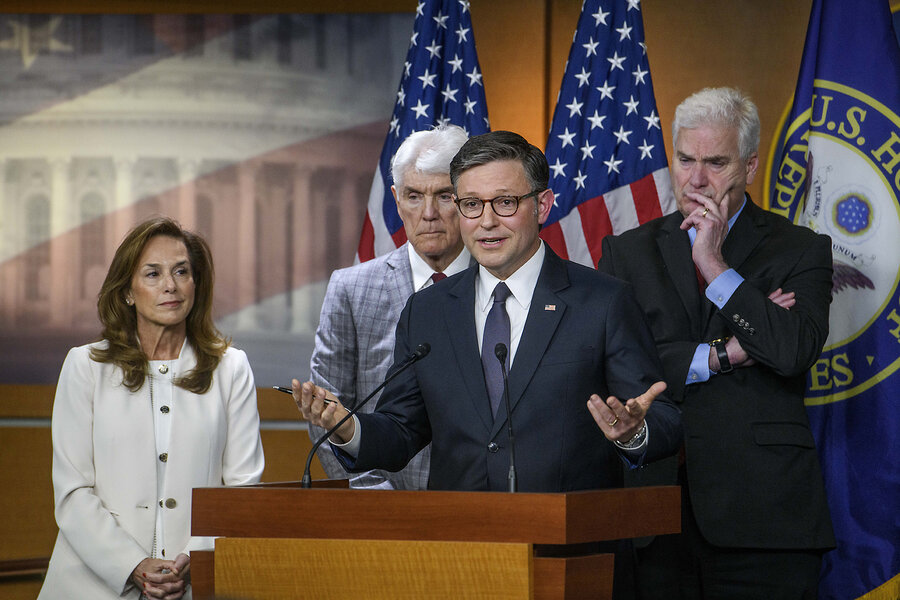Now Reading: Supreme Court Examines Birthright Citizenship: Key Takeaways
-
01
Supreme Court Examines Birthright Citizenship: Key Takeaways
Supreme Court Examines Birthright Citizenship: Key Takeaways
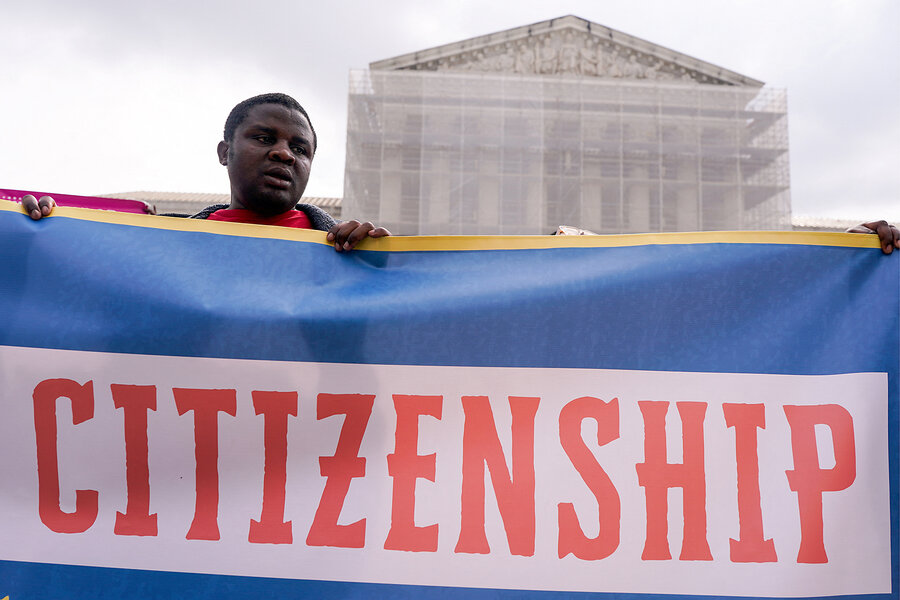
Fast Summary
- The U.S. Supreme Court held an oral hearing on limiting nationwide injunctions over President Trump’s executive order redefining birthright citizenship.
- This order, issued post-inauguration, aims to reinterpret the 14th Amendment and exclude children of temporary or undocumented immigrants from automatic U.S. citizenship.
- A trio of federal judges issued nationwide injunctions halting the implementation of this policy; 22 states and immigrant rights groups had previously sued against it.
- The Trump management is requesting narrower injunctions,arguing they prevent enforcement and planning measures for the order in any jurisdiction.
- Nationwide injunctions’ legality took center stage; conservative justices expressed skepticism about them while others defended thier necessity as a judicial safeguard.
- Broader procedural issues concerning forum shopping and government compliance with court orders were debated during nearly two hours of arguments.
- Justices questioned weather option tools like Rule 23 class actions or state-led suits could sufficiently address emergency relief when large groups are affected.
- Trump’s reluctance to honor certain lower court decisions was scrutinized by several justices, noting risks like “Catch-me-if-you-can” impacts on judicial systems.
For more details: Read More
Indian Opinion Analysis
The U.S.Supreme Court’s exploration of nationwide injunctions raises critically important questions surrounding executive policymaking processes in democratic systems involving constitutional mandates. For India, where similar legal mechanisms exist-such as Public Interest Litigations (PIL)-this debate shows parallel concerns influencing judiciary versus executive relationships globally.
nationwide injunction controversies demonstrate tensions between preserving immediate legal protections for aggrieved parties versus ensuring broader frameworks allowing governments reasonable space to execute lawful schemes they deem necessary without procedural delays. For India’s governance structure frequently enough juggling intricate diversity-driven challenges through its judiciary rulings seen pivotal safeguards balancing power distribution note relevant comparative-learning folds instances bridging Constitution workspace-adaptations


